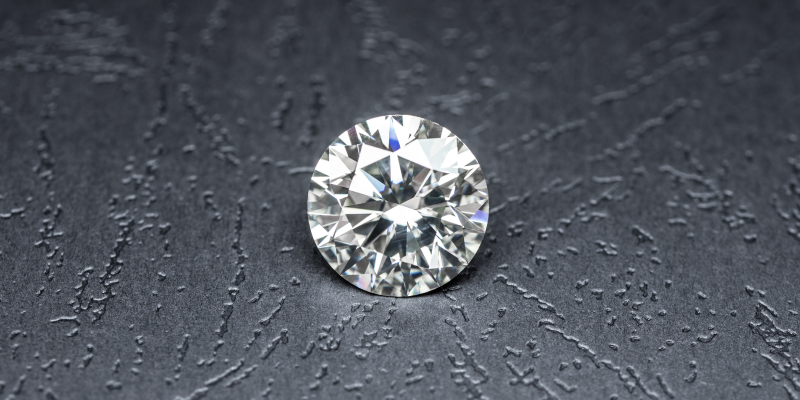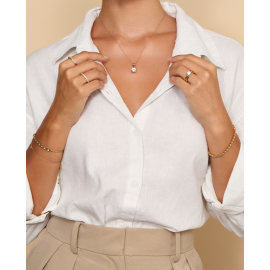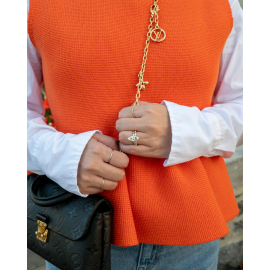Price match guarantee

We’ve teamed up with Klarna to provide flexible payment options, allowing you to shop the way you want. With Klarna, you can split your payment into 3 instalments or choose to pay later, making your shopping experience smoother and more convenient. Your order total must be between £100 and £499 to qualify.

We’ve teamed up with Klarna to provide flexible payment options, allowing you to shop the way you want. With Klarna, you can split your payment into 3 instalments or choose to pay later, making your shopping experience smoother and more convenient. Your order total must be between £100 and £499 to qualify.

February 01, 2021 | by Admin
It is law within the UK that every item of precious metal sold such as Platinum, Gold, Silver is stamped labelling the item with the type of metal it is. Platinum pieces which weigh less than 0.5 grams, 18ct Gold and Palladium pieces weighing less than 1.0 gram and Silver pieces weighing less than 7.78 grams are except from hallmark.
At Diamonds Factory all our products are hallmarked as per UK hallmarking law from London Assay Office (The GoldSmith Company)
The Goldsmiths' Company Assay Office is the oldest assay office in the United Kingdom. It has provided hallmarking services since The Goldsmiths' Company was founded in the 1300s. The company received its royal charter in 1327 and ranks 5th in order of precedence of the 12 Great Livery Companies of the City of London.
Hallmarking dates back to the 1300s when Edward I of England passed a law requiring any item made of silver, which was offered for sale, to be at least of equal quality as that of the coin of the realm (silver currency). The wardens of The Goldsmiths' Company were tasked with visiting workshops in the City of London to assay (test) silver articles. If these articles were found to be below standard they were originally destroyed and the metal forfeited to the King. If they passed, each article received the King's mark of authentication - the mark of a leopard's head. By 1478, there were several hundred workshops and merchants manufacturing silver articles in the City of London. It was not possible for the wardens to visit them all so the merchants were ordered to bring their items to Goldsmiths' Hall for testing and marking and a permanent Assay Office was established in the building. This is the origin of the term hallmark - struck with the King's mark at Goldsmiths' Hall.
In 1544 the Goldsmith's Company adopted the King's mark as their town mark and the mark of the leopard's head is now internationally recognised as the mark of this assay office.
The Goldsmiths's Company Assay Office is still based at Goldsmiths's Hall and remains the oldest company in Britain to be continually trading from the same site. However, it also has two satellite offices; at Greville Street in Hatton Garden in the heart of the London jewellery quarter and within a high security complex near London's Heathrow airport. It now has a new off-site facility within the Dalston-based jewellery manufacturer, Allied Gold. This is the first time in the Assay Office's 700 year history that it has opened permanent hallmarking services on a customer's premises.
In addition to hallmarking, the office has now expanded its range of services to support the jewellery trade and enforcement authorities. It offers a variety of specialist analytical services including nickel, lead & cadmium testing, antique silver dating, non-destructive compositional analysis, plating thickness measurement and a melt and assay service for scrap precious metal carried out in their fully independent on-site laboratory. Other services offered are a jewellery valuation service, laser marking, trading standards assistance, high quality photography and a comprehensive range of training and educational seminars, lectures and specialist events.






What is the difference between diamond and moissanite?
What is the difference between diamond and moissanite? To some people, without close inspection, they may appear similar, but there are many differences between them, such as colour, brilliance, fire and value. In this article, we discuss diamond and moissanite and why diamonds are worth the extra expense.
What is moissanite?
Moissanite is a near-colourless stone that, at first glance, looks similar to a diamond. However, it is not the same. Moissanite is made from pure silicon carbide (a rare naturally-occurring mineral), whereas diamond is made from carbon. Natural moissanite is so rare that it is practically impossible to use it within jewellery. It was first discovered in 1893 by a French scientist called Henri Moissan while examining rock samples taken from a meteor crater in Arizona. Because of its rarity, moissanite used within jewellery today is created in a laboratory.
How is moissanite different to a diamond?
Moissanite is different from a diamond in many ways such as colour, fire, brilliance and price. It is only at first glance that the gemstones look similar.
Colour
Moissanite and diamonds differ in colour. Moissanite is not colourless and, unlike diamond, is not assessed and graded on colour. Diamond colour is assessed on a scale between D-Z with D being completely colourless. Typical moissanite is similar in colour to a GIA-certified K-colour diamond, meaning that it would fall in the faint colour scale rather than colourless or near colourless. Just like diamonds, the smaller the moissanite, the more colourless it will appear. Some moissanite stones have a yellow, grey or green tint depending on the lighting, so it is easy to tell the difference between a diamond and moissanite.
Hardness
The hardness of a diamond differs to that of moissanite. It is a known fact that diamonds are the hardest naturally occurring substance on Earth and scored 10 on the Mohs scale of hardness. Moissanite is scored 9.25 on the scale, which is lower than diamonds but higher than any other gemstone used in jewellery.
Brilliance
Brilliance refers to how much light reflects from a gemstone to create sparkle. A diamond with an ideal cut will have the highest level of brilliance, as it is cut in a way to reflect as much light as possible. Moissanite is faceted differently to a diamond, which causes less white light to refract. Although they do sparkle, it is not as vibrant and clear as the sparkle seen on a diamond. Moissanite usually has more fire than a diamond. When placed next to one another a moissanite will produce stronger, more colourful flashes of light than a diamond, that most people tend not to favour.
Clarity
Diamond clarity refers to the assessment of imperfections internally and externally of a given stone. Moissanite generally has a higher clarity than a diamond because it is created in a lab whereas a diamond is formed naturally. It is common for diamonds to have inclusions and blemishes as they are natural products, whereas moissanite has very few.
Price
Moissanite is a lot cheaper than a diamond. Although this means you can buy a larger stone for your money, it also means that moissanite is far less valuable and ultimately you are buying something worth very little in the long term. If you are looking for value, diamonds, although more expensive, are great value as they can be passed down for generations and still retain their value.
Can moissanite be considered a diamond?
No, moissanite cannot be considered a diamond. Both gemstones are different - from the way they are formed, to what they look like. Moissanite possesses an artificial brilliance and lacks the value that a diamond has. It is also created in a lab as opposed to naturally like a diamond.
Why choose moissanite?
Some people choose moissanite as it has a similar appearance to a diamond for a fraction of the cost. If you are looking for a special piece of jewellery, such as an engagement ring, a diamond is preferred due to its value and meaning.
Why are diamonds preferred over moissanites?
Diamonds are preferred to moissanite as they are a rare, naturally occurring gemstone prized for their beauty. As they take millions of years to develop within the Earth’s mantle, and each one is unique, it makes diamonds feel extra-special. Diamonds have become a symbol of everlasting love and are given in an engagement ring.
If you would love to learn more about diamonds, head to our diamond education guide to find out everything you need to know.
4 Prong Setting Moissanite Solitaire Pendant
From £391
Semi Bezel Setting Classic Moissanite Solitaire Pendant
From £390
Prong Setting Moissanite Cluster Pendant
From £773
4 Prong Setting Moissanite Halo Earring
From £951
Prong Setting Moissanite Hoop Earrings
From £748
Prong Setting Moissanite Hoop Earrings
From £823
4 Prong Setting Oval Moissanite Three Stone Ring
From £862
Bezel Set Moissanite Halo Engagement Ring
From £1,244